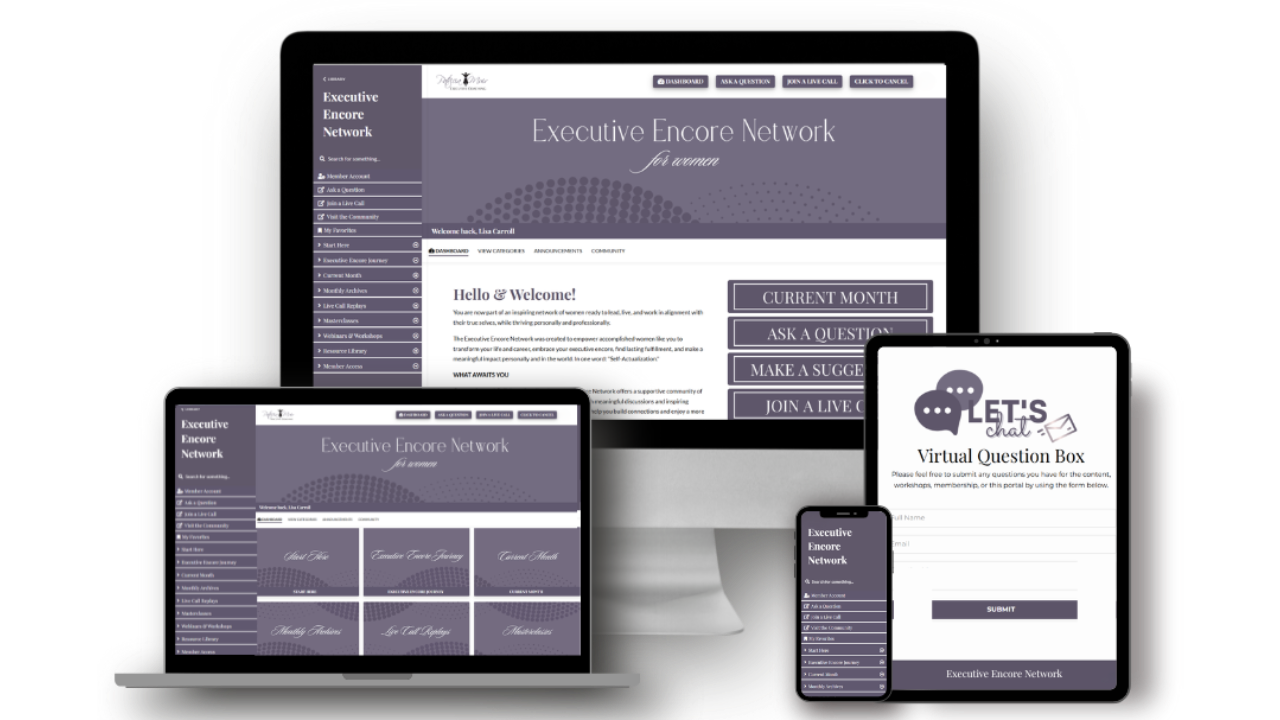
Lead with Love: What's Love Got to Do with It?
Mar 04, 2022Our Need for Love
We’ve known for some time that all humans need love. We thrive when we are loved and nurtured. We flourish when we can express love. Love is one of our most fundamental needs.
There is no surprise that this need carries into the workplace and affects our ability to be successful personally and professionally. For many of us, having healthy business and professional relationships is a top goal. That’s why love in business and in the workplace is healthy. I am not referring to romantic love (at this point). What do I mean?
I prefer the definition of love as the act of doing the right thing, at the right time, in the right spirit. This type of love embodies courage, discernment, justice, humility, and trust. This type of love works in every relationship between individuals, in business, in the workplace, in communities, and between countries. It also applies to self-love which I will explore in an upcoming blog in this series.
Leaders who practise this type of love know that expressing love, empathy, and compassion is a mutually beneficial endeavour. High emotional intelligence in interpersonal relationships, empathy, and social responsibility is key to maintaining mutually satisfying relationships.
Small Acts of Kindness
Even the smallest act of kindness can help meet our need for love. According to researchers, committing kindness over a seven day period increases our sense of happiness. It does not matter if the act of kindness is offered to strangers, acquaintances, co-workers, or close friends—all have an equally positive effect.
Even loving-kindness meditation has positive effect - I can attest to being on the giving and receiving side of healing energy when I have participated in loving-kindness meditation in yoga and cancer-healing groups.
How do you lead with love? How is love (as defined above) practised in your personal and professional life, in your business, in the organization where you work, or where you volunteer?
Volatility in the Workplace Culture and the Need to Lead with Love
Given the volatility of 2021, I’ve been exploring leading with love in workplace cultures. Tension and anger in the workplace are on the rise and some HR researchers anticipate this will continue throughout 2022. Many workplace cultures have become even more polarized as we try as individuals and as organizations to recover and sort out where we land and where we belong.
In a recent article published by Harvard Business Review (January 2022), eleven current trends foster ongoing workplace volatility. Take time to review the full article. There's so much to take in. The article pertains to U.S. statistics and trends, but make no mistake, the Canadian workplace is experiencing the same.
My effort to summarize into a "top list" was a challenge, but here is what I see as top issues that cannot be overlooked:
- Fairness and equity
- Vaccine mandates and testing
- Shorter work week vs increased pay
- Employee turnover. Talent shortage.
- Shift to automated tasks and remote technology/tools. There's no going back.
- Complexity of hybrid work model
- Wellness tactics, technologies, and wellness as a new metric
- The need for a Chief Purpose Officer (CPO)
- Manager-employee interpersonal relationships
- DE&I outcomes will worsen - if "belonging" is not addressed.
What do you see happening in organizations, in your business, in your workplace?
Based on my conversations with colleagues and clients about building healthy workplace cultures, I hear a growing urgency (and opportunity) to strengthen interpersonal relationships at every level of the organization. For some organizations and many industries, we need to rally and embrace a significant paradigm shift that includes the addition of a CPO who has as much influence as other C-Suite positions.
At one time, if I had brought up the topics of love and purpose with executive teams, I would have been laughed out of the boardroom - and probably fired. ALAS, at a minimum, the volatility we are experiencing creates stress for individuals, poor(er) working relationships, and decreased productivity. Left unchecked, psychological abuse, violence, and ruin WILL ensue.
Burnout: Who is Responsible?
Let's open our eyes! Burnout is no longer a workplace-gripe or a suspect malady for those seeking some time off. Burnout is a chronic epidemic.
"The pandemic just put a giant spotlight on the problem." ~ Jennifer Moss. The Burnout Epidemic: The Rise of Chronic Stress and How We Can Fix It.
Author Talks: Why burnout is an epidemic - and what to do about it.
Managing burnout and finding some mystical solution is not the sole responsibility of the employee. It cannot be "fixed" by the mythical work/life balance that has been used for decades to make employees feel like it's their problem to fix - on their own (aka, "Leave it at the door!")
Let's be courageous, humble, and just. Let's put the responsibility where it belongs.
Leaders are responsible for creating healthy cultures so that employees can do their best work.
- Great leaders with well-developed emotional intelligence skills build healthy cultures that do not tolerate overwork and other dysfunctional behaviours that feed the root cause of burnout.
- Great leaders manage and even avoid these worst-case scenarios by leading with and encouraging a culture of love and respect.
These great leaders are doing the right thing, at the right time, in the right spirit
What do you think? What does love and respect look like in your business, in your workplace? I’d love to hear from you.
You can reach me on LinkedIn. Or click to Get in Touch.
- Accelerate your emotional well-being and resilience. Start with your 90-day EQ mini plan.
- Subscribe to THRIVE content and updates. Receive announcements and new content, worksheets, and tools that we offer to our THRIVE! community.
- Check out the THRIVE in Work and LifeTM programs.
- Check out the online mini-course Your Building Blocks to Emotional Well-Being and Resilience.
Next Steps
You don’t need to navigate your Executive Encore alone. Discover a better way to take charge of your experience.
- Schedule a 30-Minute Complimentary Executive Encore Call.
Ready to elevate your encore chapter?
- Join the Executive Encore Network for Women, a membership and community of supportive women ready to inspire and uplift. Subscribe to the Sunday Encore to begin your Executive Encore Journey and register for the next Tour to learn more.


